
Supermotive
Members-
Content count
157 -
Joined
-
Last visited
Posts posted by Supermotive
-
-
I am surprised there has been no response here.
-
-
-
Does anyone have any 2.5" OD, .083" wall spar tubing that they would be willing to sell? I need enough to do 2 wing extensions. Please PM me if you do.
-
macusofcotton, you are right, I moved the conversation to: General Category /Avid Flyer General Hangar /Avid Model IV /Setting Fuselage Attitude with Nose Wheel Trike Configuration
1 person likes this -
While you may not need anything, I would consider Alodine. A lot of the Vans RV guys treat their aluminum with it.
1 person likes this -
Brett in Rhinelander Wi had all the stuff yet a couple of years ago. Don't know if he still has it or not.... The fiberglass molds were not Avids. A guy in Mt did the fiberglass stuff, but he sold the molds to a guy in Mn a couple of years ago. I do know the people in Iowa were trying to buy them from him. JImChuk
I may want to reach out to the fiberglass guy. Do you know his/her contact?
-
-
I have the whole nose wheel assembly with the structure needed to install it stock. I will be selling it all soon.
I know this is an old post, but...Do you still have this gear set up?
-
Hello all. I am in the Charlotte NC area, and I am looking to learn more about the Avid Flyers and Kitfox models 1,2, or 3 generation. Is there anyone in the area that I could meet up with, learn about your experiences with your plane, and go for a demo flight? Personally, I have an Avid MKIV Aerobatic Speedwing, and I would like to experience some of the flight characteristics of these planes before modding men too much. Thanks in advance.
-
Randy, I am getting ready to make some big decisions on my MKIV. I would like to have a chat with you some time for some thought sharing. Would you pm me a good number to reach you at?
-
Beautiful bird!
-
I will second (second) that. Awesome work! A future show winner.
-
I think at 2400 pounds of force, I would be deflecting the Poly 2.29". I need to verify my math though.
2400 pounds/2.355 square inches = deflection per inch of thickness *Young's modulus of 4000*(1 + 2*(2.355 square inches receiving the force/(9 inches of length* diameter of 2 inches*3.14)^2))
Solving for X, you get X = .254402 inches of deflection per inch of thickness.
With a thickness (height in this case) of 9 inches, this gives a total deflection of 2.29 inches, and a wheel travel of about 3.34"
I need to test this in my shop.
Update: I think my math could be missing something. I need to recheck it tomorrow. I think I would have a little more deflection; leading to about 4.5 inches of wheel travel.
-
Makes sense Dusty. As part of the strut system, I am thinking to have a 1" pipe going through the 1" ID of the 6 pucks. I would liberally coat the pipe, and the puck separation discs, with Prothane grease. I know that doing this will only allow the outer perimeter to bulge under compression, but I think the damping result of having the tight fit, and the very viscous Prothane grease, may work out nice on rebound. I am hoping that using six pucks will help with softening the jounce; considering the compromise of having a tight fit on the ID of the Poly tube. If things are too stiff, I can always drill small holes near the ID wall of the Poly tube to give a little extra room for bulging. However, I would rather account for the stiffness, due to the llack of bulging on the inner perimeter, by adding more pucks if need be. We'll see what happens. Anyone feel free to jump in with any thoughts.
-
I used a Chop saw with a much slower speed (modulated by my trigger finger), a low duty cycle (not cutting constantly, so as not to melt the poly), and using a thin kerf, brand new metal cutting blade. Using the chop saw, and a nearby vice, to hold the tubing steady, seems to give me a safe way to make nice 90 degree cuts. Then I took the pucks to the belt sander to smooth them out and make sure there are not areas that might promote a future split. I need to say, I do think it is important to watch the temperature of the poly when cutting. I just use my fingers and some common sense. It is easy to melt the material. To be candid, an appropriate lathe setup would be a better choice in my opinion, but I can't see anything terribly wrong with my approach. If anyone looking on has any input on this, please speak up. I listen...
-
Nice Bird! Which poly tube did you end up buying?
-
I haven't drilled the pucks yet, this is my next job. The reasoning behind this is to give the material an additional path to displace to and maybe soften the rate. If you can add extra pucks to your build this step may be unnecessary,the current setup works fine but I feel just a little softer/more wheel travel may be an improvement. I was thinking 5 x 5mm holes worth an option to encrease up to 10 mm?
Dusty,
Have you considered using 6 units of 1.5"(height) of the 90 durometer Poly? I know that would require building a new strut rod, but I though that may be a good starting place. If not, is that about where you would start if you had to do it all over?
Here is the raw material for one of my springs for my landing gear. They are 1 1/2" long 90 durometer polyurethane pucks. The pucks are cut from a tube with 2" OD and 1" ID.
Inspired by Dusty....
2 people like this -
Good stuff! You are a pioneer with a super cool bird!!
-
Lowell Fitt produces some vacuum bagged fiberglass fairings for the jury struts and tail struts. He said he'd sell me enough for my plane for about $100.
How do you like this product? Are you measuring gains? I would like to see some gains in my plane. Does Lowell sell these kits?
-
Between 6”-7”. I built a truss that was basically the width of the fuse and about 6” tall and welded it to the bottom of the seat truss structure.
I am working on something similar. If you have any pictures of the truss, that would be great. Also, I am currently researching the geometry of the intersection points of the front landing gear tube and the strut tube (this intersection is an imaginary line drawn that intersects the 2 lines) to assure there are no buckling forces to the front tube under a hard landing. The geometry is important there. I will be happy to share my findings with you. If you have any drawings of your gear, I can check your gear for that as well.
-
Yes I used 4 pucks,1 inch x 2inch 1.5 deep.if I were to start from scratch. I would use more pucks as you suggest.You will loose some material when parting off but you have plenty of spare. I am not sure on going to 2 inch deep pucks, it may work in your favour to effectively soften your rate which is possibly a good thing. The diameter to depth ratio I assume will change the characteristics of the setup. Regarding sag ,there is a small amount over the last 6 months which seems to have stabilised 10mm?(similar to the die Spring) If you need to preload you can make a simple Spring compressor. I can post a photo later today . I am interested to know how this works out for you
cheers
Dusty
Dusty, you have been a real help for the community with this. This seems like a cutting edge idea. Thank you for supporting the research here.
-
-
Foot well
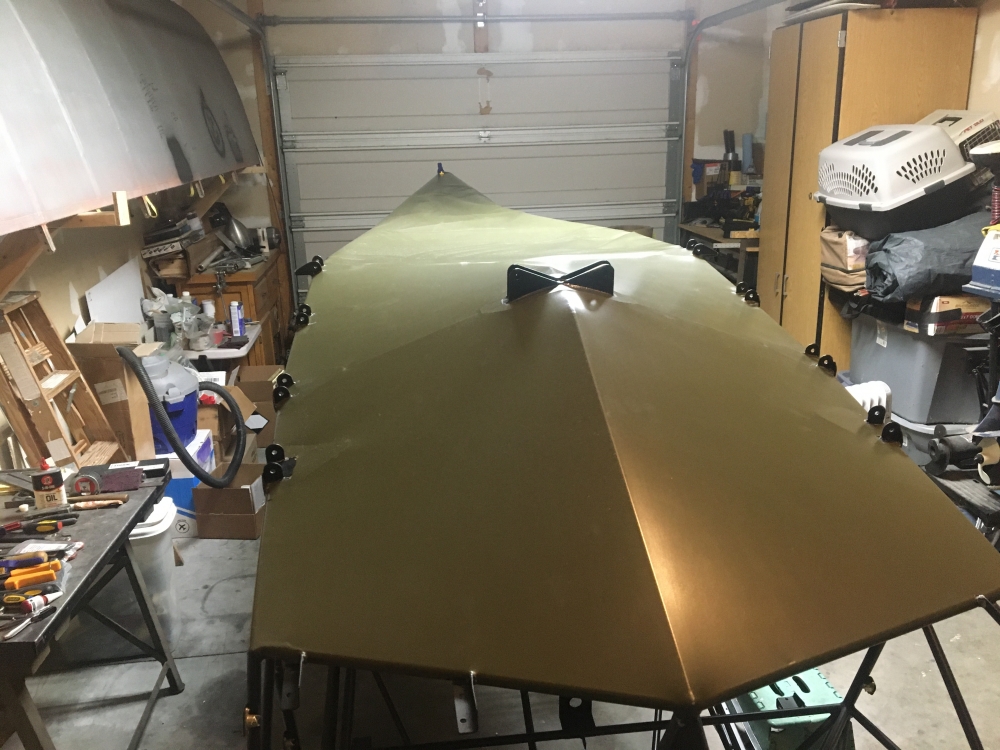
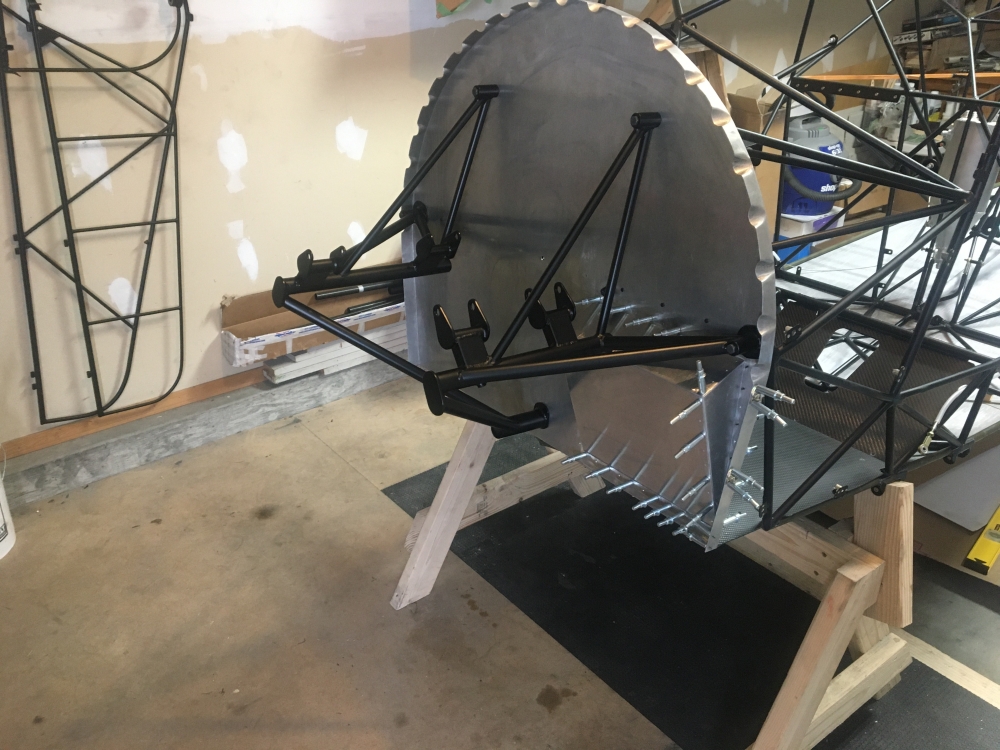

I’ll do my best to update my build but for some reason I can only add about half my photos without getting some sort of error.
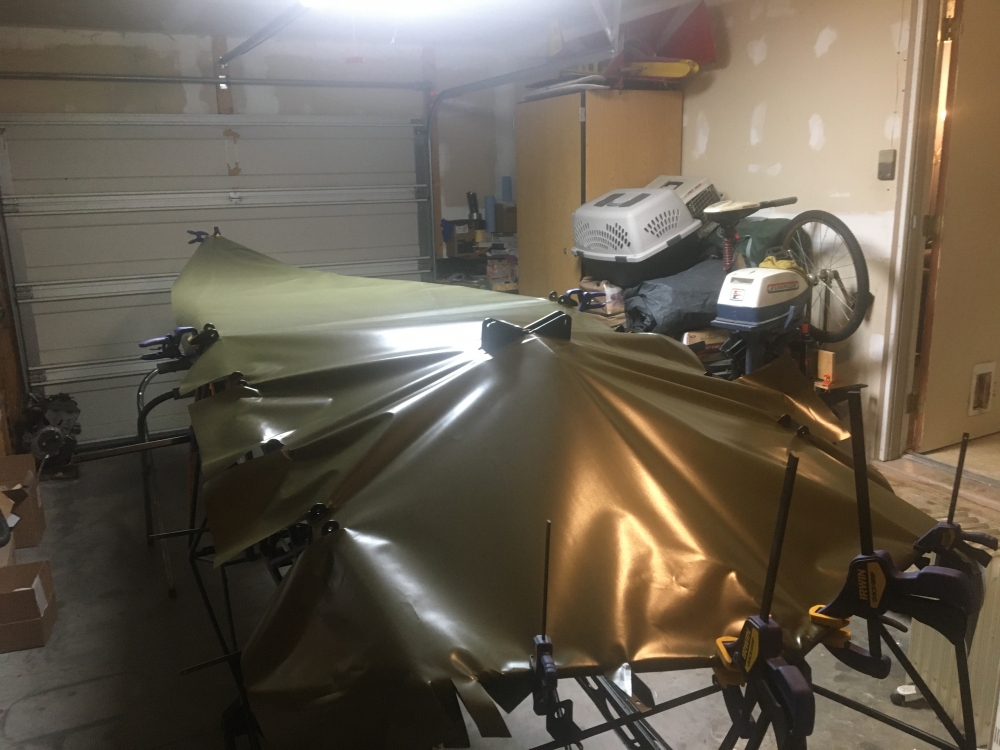 First try at covering.
First try at covering.I like the firewall a lot. Is it 0.016 301 SS? Did you weight it?
I like how you put use the fabric to move the air around the cabane. What is the vertical distance your cabane bracket (where the tension rods mount) hangs from your floor? It looks like many used 7-8 inches. It looks like 6" might be the closest one could get without too much tension on the longerons.
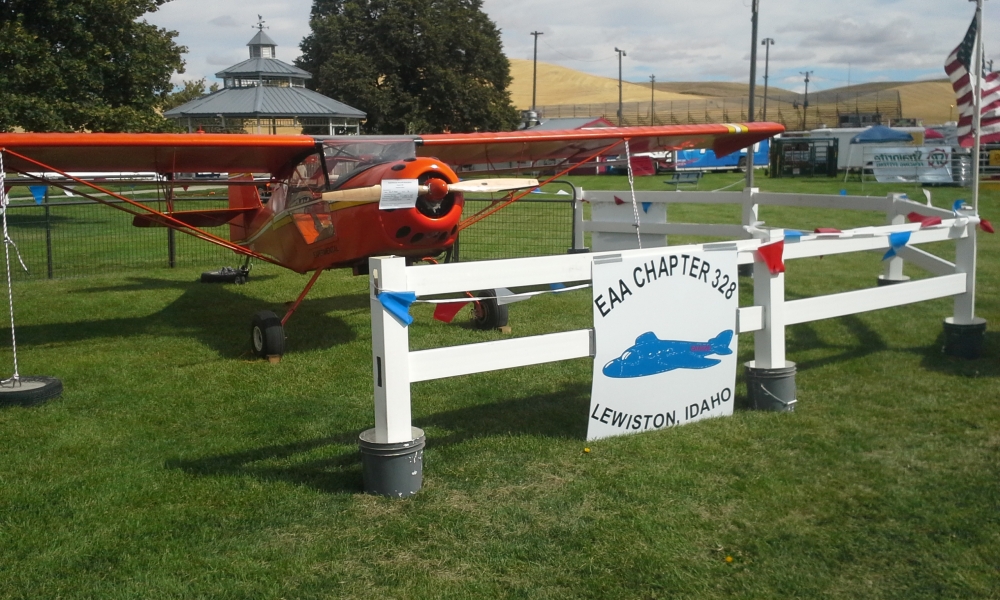
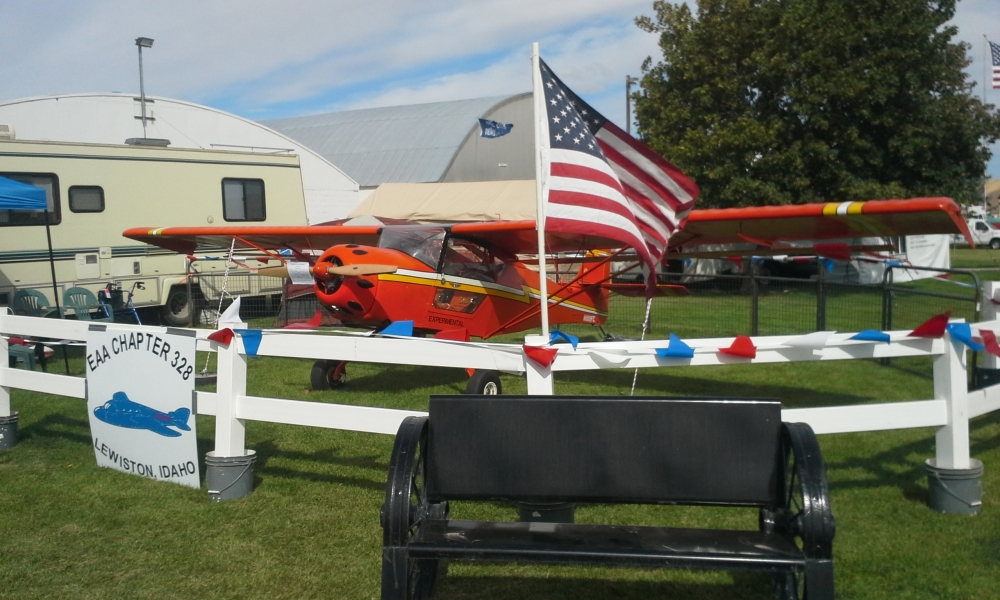
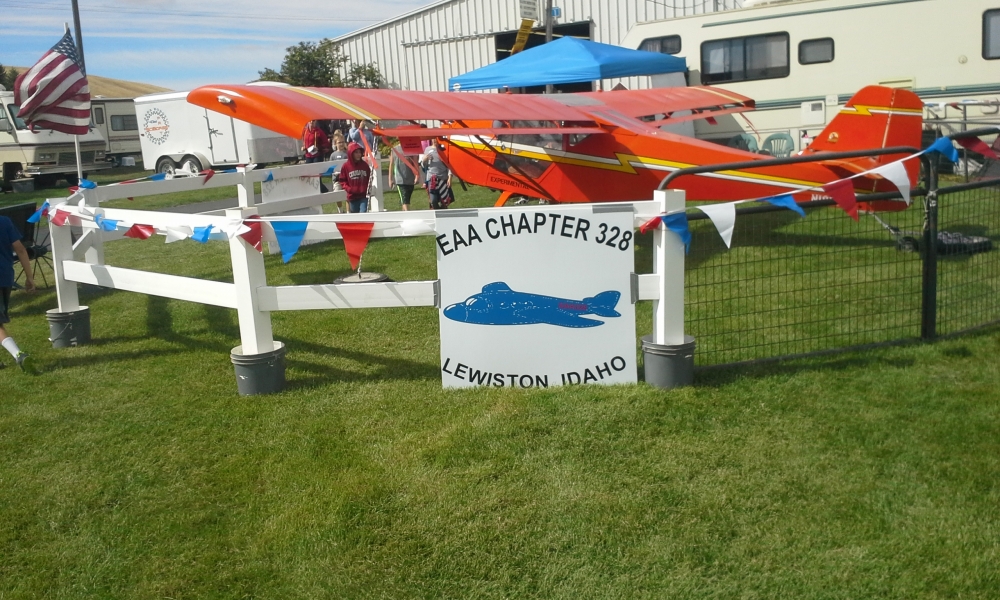
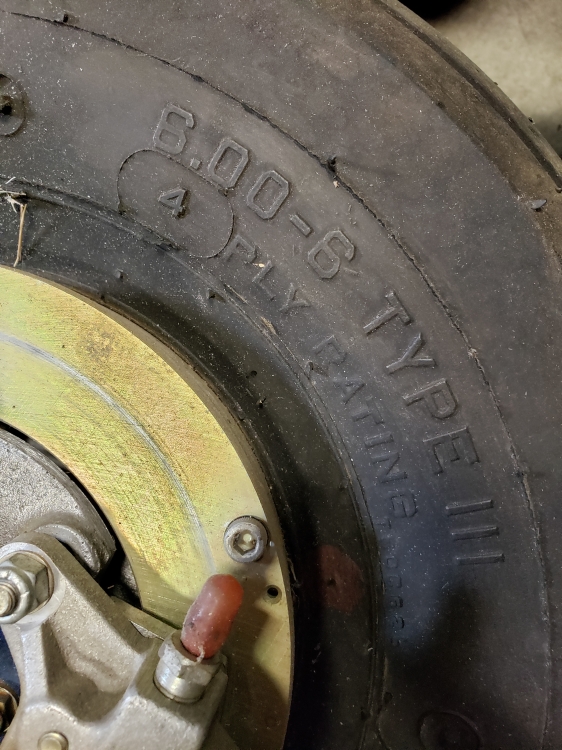
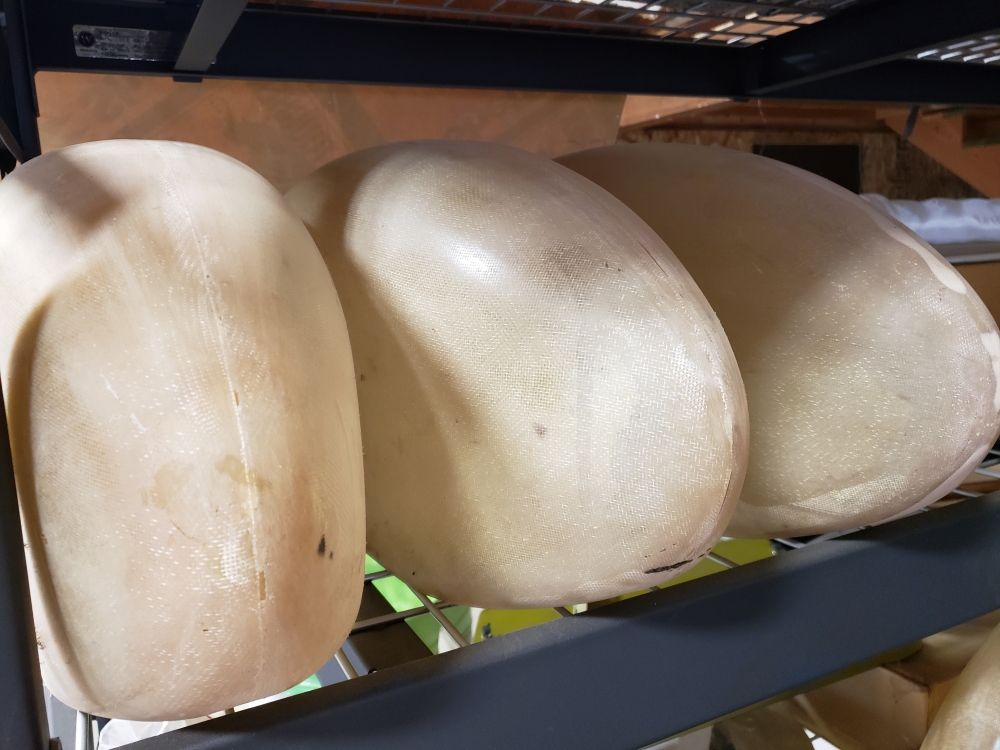
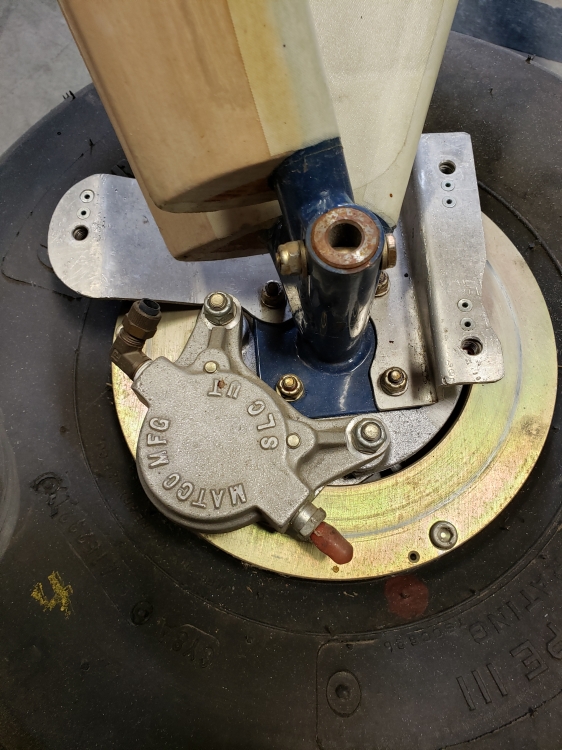
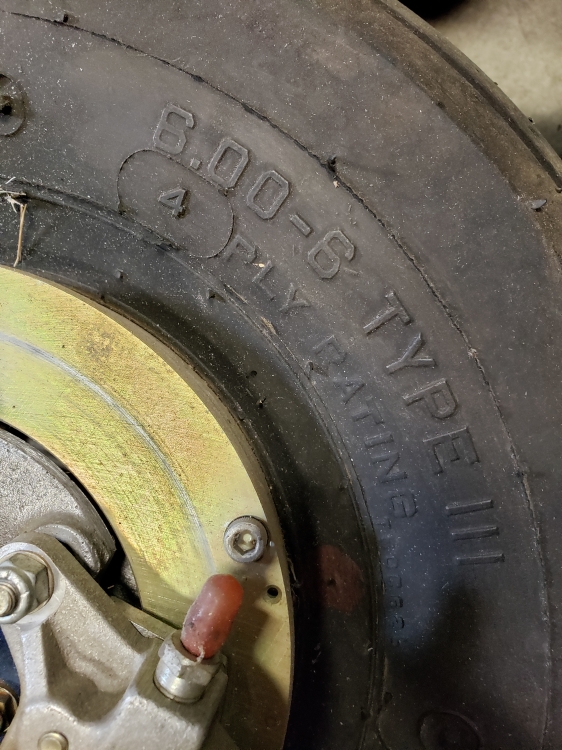
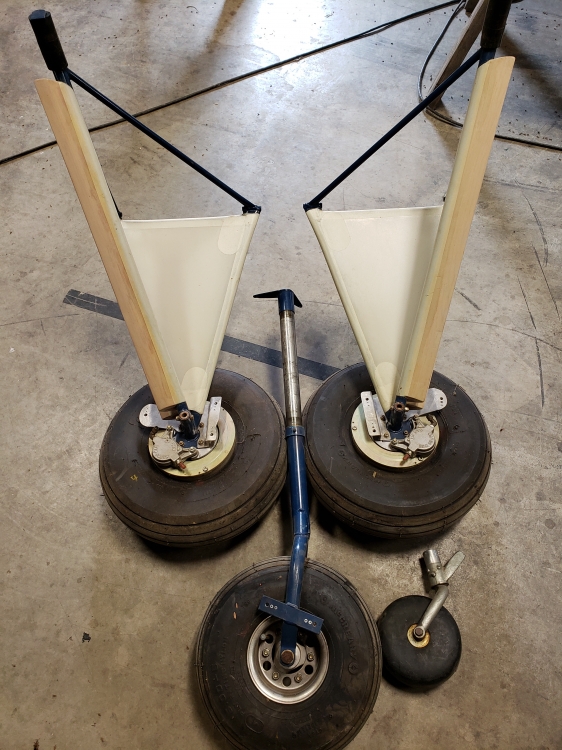
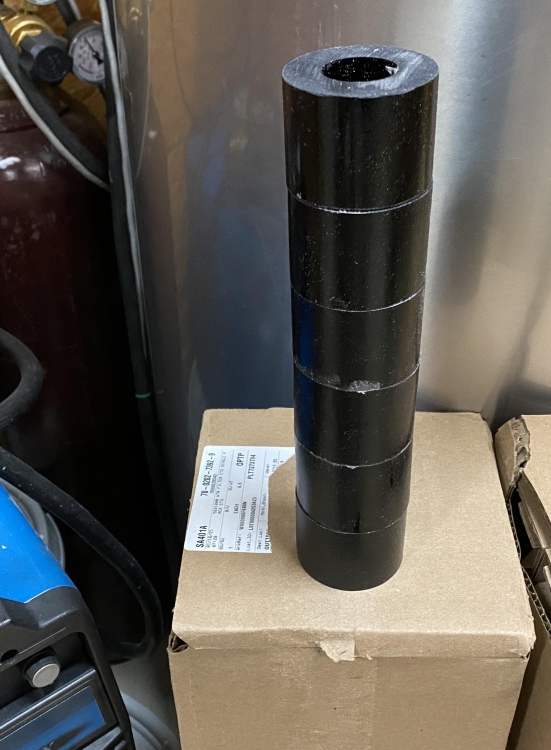


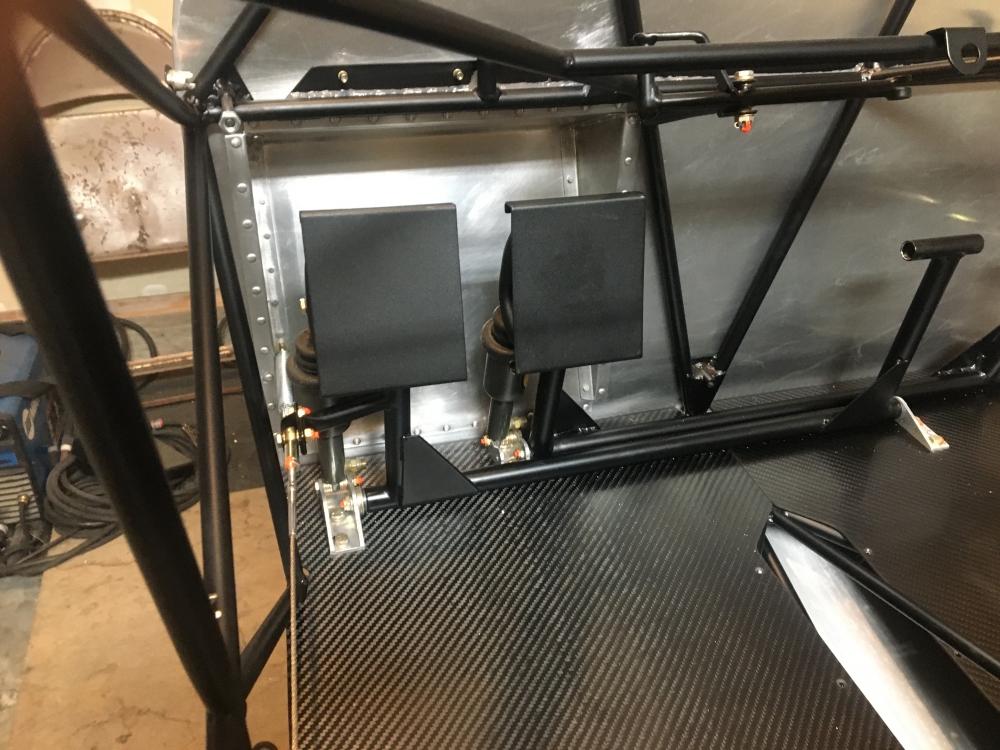
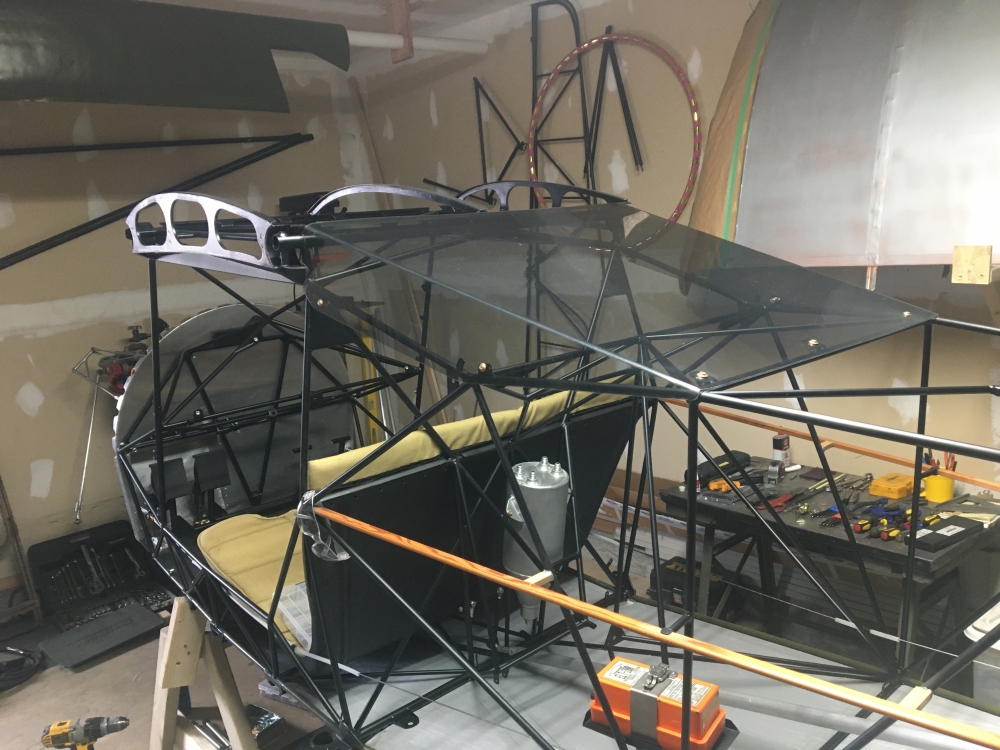
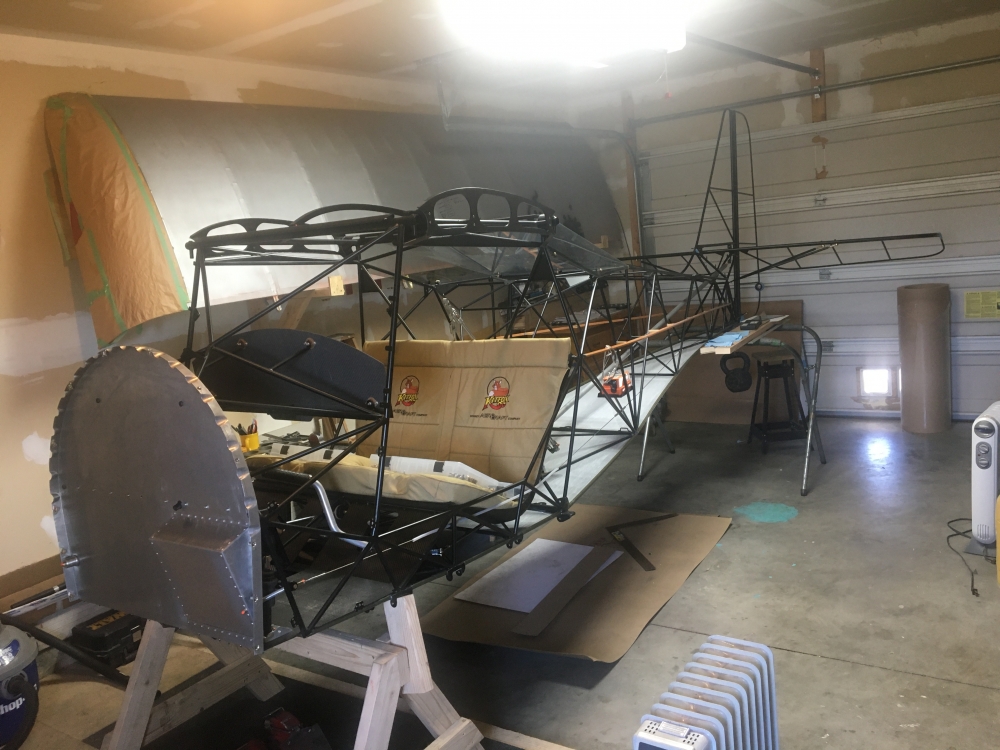

IV fuselage repair - measurements
in Kitfox IV
Posted
This guide may be helpful
Repair of Steel Tubing Aircraft Structure by Welding.pdf